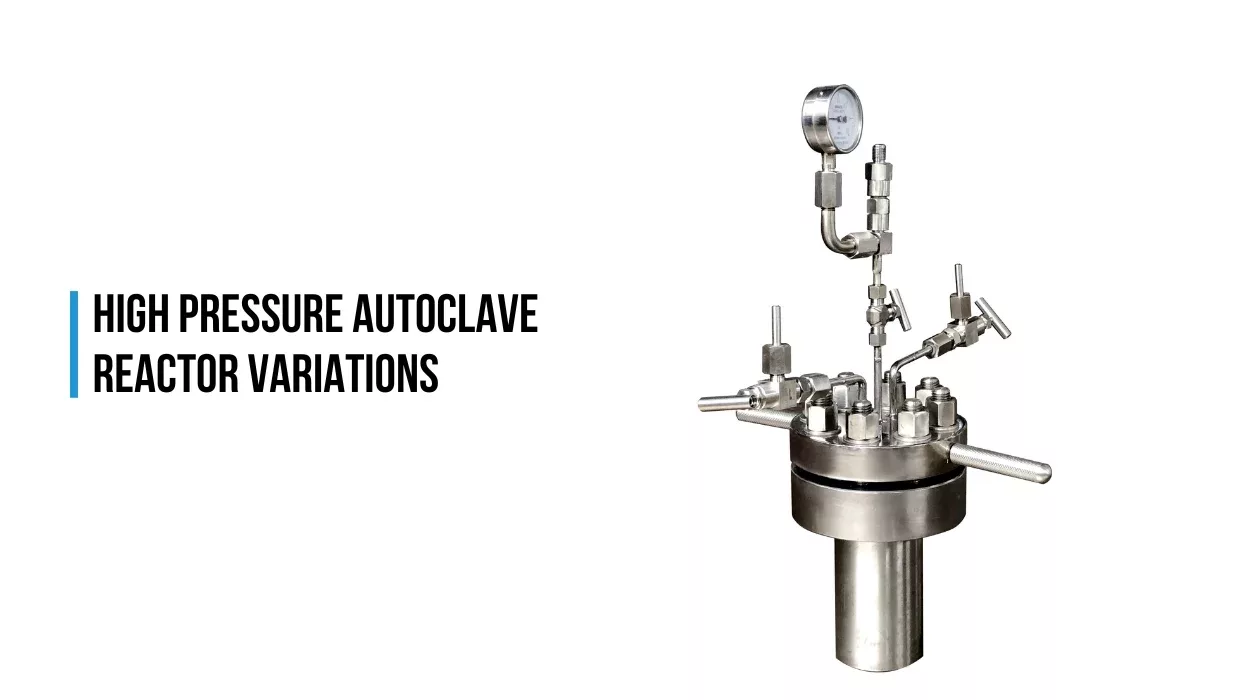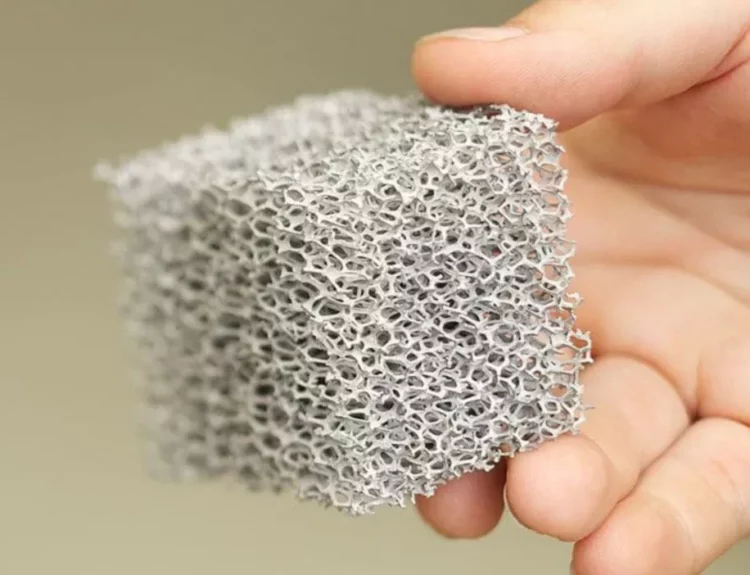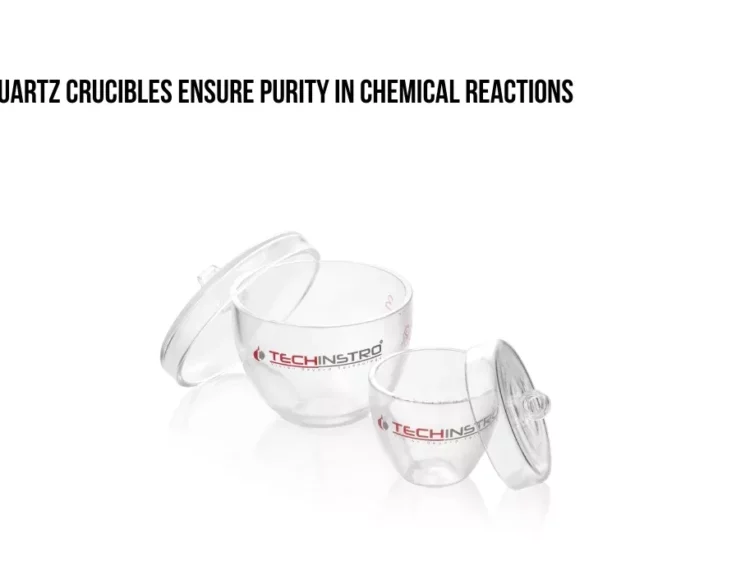Introduction to High Pressure Autoclave Reactors
High pressure autoclave reactors are essential tools used in laboratories and industries to carry out chemical reactions under high pressure and temperature. These reactors are built to withstand extreme conditions, making them suitable for a wide range of applications, from research and development to large-scale industrial processes.
Key Variations of High Pressure Autoclave Reactors
There are several variations of high pressure autoclave reactors, each designed for specific applications and needs. Here are some of the most common types:
Stirred Autoclave Reactors:
- Description: These reactors come with a built-in stirring mechanism to ensure that the reactants are well mixed, which is crucial for certain chemical reactions.
- Applications: They are widely used in chemical synthesis, polymerization, and materials science research. The stirring helps achieve uniform reaction conditions, leading to more consistent results.
Non-Stirred Autoclave Reactors:
- Description: As the name suggests, these reactors do not have a stirring mechanism. They rely on natural convection or other means for mixing the reactants.
- Applications: These are often used for simple reactions where mixing is not critical. They are generally less expensive and simpler to operate than stirred reactors.
Catalytic Autoclave Reactors:
- Description: These reactors are specifically designed to study reactions involving catalysts, which are substances that speed up chemical reactions without being consumed in the process.
- Applications: Catalytic autoclave reactors are used in the study of catalytic processes, such as hydrogenation and oxidation reactions. They allow researchers to test different catalysts under high pressure and temperature.
Continuous Flow Autoclave Reactors:
- Description: Unlike batch reactors, where all reactants are added at once, continuous flow autoclave reactors allow reactants to be added and products to be removed continuously.
- Applications: These reactors are used in industrial processes that require continuous production, such as the manufacturing of chemicals, pharmaceuticals, and petrochemicals. Continuous flow reactors can be more efficient and produce less waste than batch reactors.
Customized Autoclave Reactors:
- Description: Some applications require reactors with specific features, such as special materials of construction, unique geometries, or additional safety features.
- Applications: Customized autoclave reactors are designed to meet the specific needs of a particular process. For example, reactors used in the production of highly corrosive chemicals may be lined with special materials to prevent corrosion.
Materials Used in Construction
The choice of materials for high pressure autoclave reactors depends on the type of reaction being carried out. Common materials include:
- Stainless Steel: Offers good resistance to corrosion and is suitable for a wide range of applications.
- Hastelloy and Inconel: These are nickel-based alloys that provide excellent resistance to corrosion and are used in more demanding applications.
- Glass-lined Reactors: These reactors are lined with glass to protect the metal from corrosive chemicals. They are used in reactions involving strong acids or bases.
High Pressure Autoclave Reactor Variations Manufacturers:
Safety Features
Safety is a critical aspect of high pressure autoclave reactors. Key safety features include:
- Pressure Relief Valves: These valves release excess pressure to prevent accidents.
- Rupture Discs: These discs are designed to burst at a specific pressure, providing an additional safety mechanism.
- Temperature and Pressure Sensors: Continuous monitoring of temperature and pressure ensures that the reactor operates within safe limits.
Conclusion
High pressure autoclave reactors come in various types, each suited for specific applications. From stirred and non-stirred reactors to continuous flow and customized designs, these reactors play a crucial role in advancing scientific research and industrial processes. Understanding the different variations and their applications helps in choosing the right reactor for the task, ensuring safe and efficient operation.






